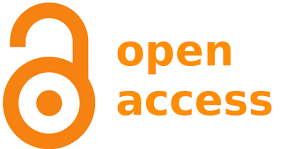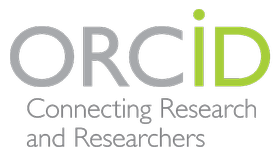Towards a Holistic Model: Transition Pedagogy in High School Enabling Programs
DOI:
https://doi.org/10.63608/ssj.3774Keywords:
enabling transition pedagogy, transition pedagogy, enabling education, high school enabling program, high school students, widening participationAbstract
The release of the Australian Universities Accord Final Report in 2024 and call for contextually relevant pathways to higher education continues the widening participation agenda that was introduced more than 50 years ago in Australia, New Zealand and the United Kingdom. Enabling education continues to contribute to targets with the evolution of high school enabling programs. It is imperative, as the Accord suggests, that these programs support successful transition. Such programs thus require a pedagogical model for transition. This paper adds to emerging research on high school enabling programs by exploring how an enabling transition pedagogy (ETP), an adaptation of Kift’s third generation transition pedagogy, underpins two Australian embedded high school enabling programs to support student transition to higher education. It explores how the curriculum principles of the ETP (and intersecting strategies) are implemented within the two programs and suggests future directions for the model.
Downloads
Downloads
Published
How to Cite
Issue
Section
License
Copyright (c) 2025 Johanna Elizabeth Nieuwoudt, Angela Jones

This work is licensed under a Creative Commons Attribution 4.0 International License.
Authors retain copyright and grant the Journal right of first publication with the work simultaneously licensed under a Creative Commons Attribution International Licence (CC BY 4.0) that allows others to share the work with an acknowledgement of the work's authorship and initial publication in this journal.







